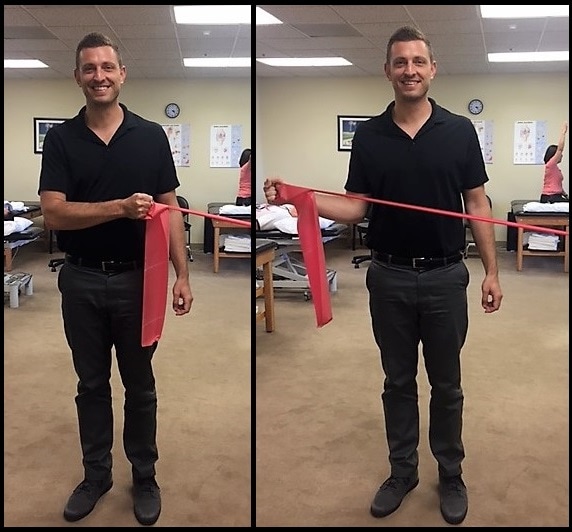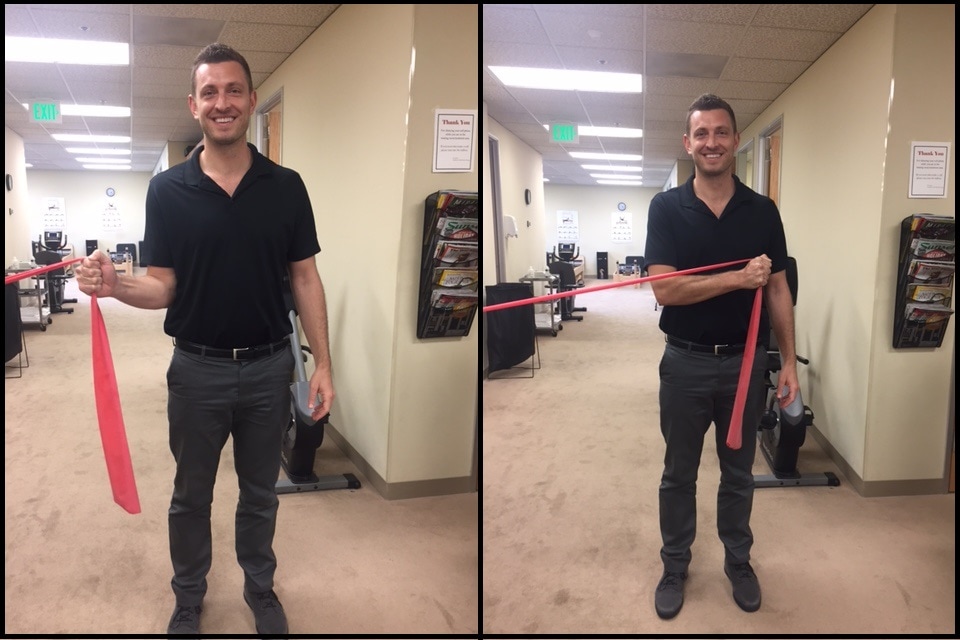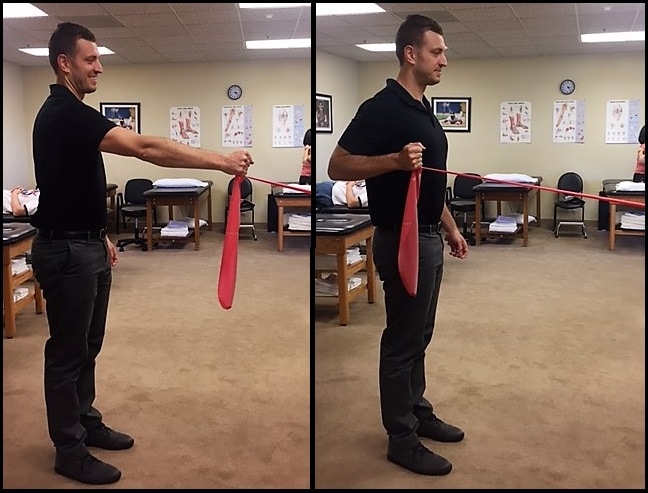|
Looks like a a routine exercise regime can do more than just keeping you look PHYSICALLY in shape...it can keep you mentally sharp, as well!
At the beginning of this year, the American Academy of Neurology (AAN) provided a practice guideline update on Mild Cognitive Impairment (MCI). It has a couple interesting findings:
The Cleveland Clinic expands more on MCI:: When should you suspect that you have mild cognitive impairment? Just as the name implies, the signs and symptoms of MCI are mild and may include:
MCI is most common in people over age 55. By age 65, approximately 15 to 20 percent of the population shows signs of MCI, according to the Alzheimer’s Association.
1 Comment
In 2015, Golden State Warriors coach Steve Kerr had surgery to fix a ruptured disk in his low back.
Since, he has fought complications, including missing almost half of the games last year and now, missing games 3 and 4 of the playoff series against the Portland Trailblazers. Unfortunately, he could be out longer depending on how fast he recuperates. “I can tell you if you’re listening out there, if you have a back problem, stay away from surgery,’’ Kerr told reporters. “I can say that from the bottom of my heart. Rehab, rehab, rehab. Don’t let anyone get in there.” While San Ramon Valley Physical Therapy has helped numerous patients recover very well from low back surgery, the key take away from Kerr's message is to make sure you attempt a great rehab program before going under the knife. In the ABC article, Spine Surgeon Dr. Steven Lee at Muir Orthopedics gives a great perspective confirming that a majority of people do not need surgery and low back pain can be solved in many different ways. If you have questions about your low back pain, feel free to reach out to us at: [email protected] A low back MRI can help out a great deal with understanding if there is anything wrong with the anatomical structures (like a fracture, spinal cord damage, or even cancer). Once major diagnoses are cleared, scary words like "degeneration" and "disk bulge" may appear on the MRI report It is important to realize that these findings are very common in people without any pain. A few smart researchers performed a study and looked at low back imaging of over 3,000 asymptomatic people of all ages and found some pretty amazing information. See a nice chart of their finding below: The study's abstract says it best:
"The prevalence of disk degeneration in asymptomatic individuals increased from 37% of 20-year-old individuals to 96% of 80-year-old individuals. Disk bulge prevalence increased from 30% of those 20 years of age to 84% of those 80 years of age." Imaging findings of spine degeneration are present in high proportions of asymptomatic individuals, increasing with age. Many imaging-based degenerative features are likely part of normal aging and unassociated with pain. These imaging findings must be interpreted in the context of the patient’s clinical condition." Bottom line: Just because your MRI says there is spine degeneration, don't fret! It's part of the normal aging process. If you have back pain, skilled physical therapy can help get you moving pain-free! Let us know if you have any questions! [email protected] If your shoulder has been irritating you for a while, there is a good chance there is some weakness. Check out these 4 single arm exercises to get you started! A band is required, which can be affixed to a door knob. If you need a band, let me know and we can make it happen! 1. External Rotation; 10-15 x 3 sets. 2. Internal Rotation; 10-15 x 3 Sets 3. Single Arm Row; 10-15 x 3 sets 4. Single Arm Band Punch; 10-15 x 3 sets We hope these exercises help to build strength in your shoulder and possibly help reduce pain in the shoulder (and can even help in some cases with neck and elbow pain!).
Have a great week!. -Dominick [email protected] I recently came across a study that found from 2007-2011, almost 1 million people went to their doctor for plantar fasciitis, accounting for over 5.7 MILLION visits. Pretty amazing how prevalent of an issue foot and heel pain is in America. What was even more staggering was that only 7% of those patients went on to see a physical therapist to help treat their symptoms. Really?? While plantar fasciitis is difficult to treat, physical therapy, from a good clinician, should, at the very least, be able to minimize your discomfort, Yes, passive modalities are helpful (ultrasound, iontophoresis, ice, TENS, etc.) but hands-on treatment, further understanding of the cause of your symptoms, and a solid home exercise program that is correctly followed should give you significant relief. We see it in our clinic every day. Don't blame the heel spur, please. Another interesting study looked at people with and without plantar fasciitis and found almost 50% of people WITHOUT plantar fasciitis had a heel spur. The study further went on to say that "key radiological features that differentiate the groups were not spurs but rather changes in the soft tissue." 2 (of many) Things to Try: 1. Toe/Achilles Complex Stretch - 5 sec holds 10x; 3-5 x per day, especially in the AM and before you hit the sack. 2. Ball on soft tissue - 2-5 minutes 3-5 x per day...especially in the AM and before bed time. Please come and see us if you have been having persistent heel pain. There is a good possibility we can help get rid of your symptoms. Let me know if you have any questions: [email protected]
A physical therapist, in conjunction with your therapy program, can skillfully apply kinesiology tape to help maximize the potential gains and minimize the potential risks of using tape. We can also instruct and supervise your self-tape application to use as an adjunct in your rehabilitation.
Have a great week! -Stephanie |
AuthorThe therapists at SRVPT have a variety of backgrounds and are interested in sharing our knowledge with you! Check out their bios for more specific information. Archives
April 2024
Categories
All
|
|
San Ramon Valley Physical Therapy proudly serves the Alamo, Danville, San Ramon, Dublin, Pleasanton areas, along the 680 corridor.
© COPYRIGHT 2023 ALL RIGHTS RESERVED |















 RSS Feed
RSS Feed
